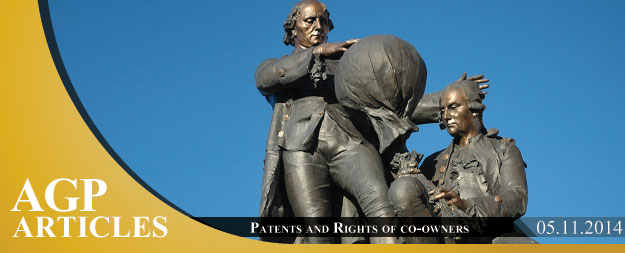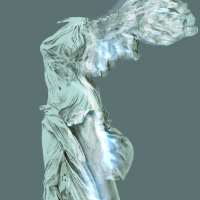
The power vested in rights and how those powers are distributed with regards to a patent should be carefully considered in writing within an agreement if the invention requiring the patent has more than one owner. This is very important as each jurisdiction has its own way of dealing with co ownership and most of the time this leads to complicated situations and triggers problems between the co owners.
If we take a look at the USA for example, under US 35 USC 262 code, if a shared patent agreement is not drafted between the parties, any of the joint owners can make, use, sell, and license the patented invention without the prior permission of the other joint owners or owner.
Also in some US states such as California, property law states that any invention created during the lifetime of a marriage belongs to both husband and wife, regardless if they are part of the invention or not. They therefore automatically are considered co owners of the patent unless specifically stated within an agreement that the rights shall not be considered as marriage property.
In fact in the US, co ownership applies to the entire patent and it can not be divided even if some of the subject matter of the patent is invented within the terms of a collaboration agreement.
This case is actually quite extreme and not the case in most other countries, especially those who follow a common law principle of law such as India, the United Kingdom, and Australia. In these countries, permission needs to be obtained from the other co owner.
If we take a look at Australia, they follow Section 37 of the UK Patents and Designs Act 1907 which simply provides that where there are more than one owner “each of such persons shall be entitled to use the invention for his own profit without accounting to the others, but shall not be entitled to grant a license without their consent”. As you can see, this ‘permission’ factor is what distinguishes it from the United States.
Section 16 of the Patents Act also provides that all co owners have an equal share in the patent, and can exercise rights as their own and for their own benefit…this must be agreed by all, and that once again, consent is required when granting a license under a patent.
This is the same for the UK where Section 36 (3) of the Patents Act 1977 states that where there is no agreement between co owners of a patent, one of them shall not without the consent of the other: “(a) amend the specification of the patent or apply for such an amendment to be allowed or for the patent to be revoked, or (b) grant a license under the patent or assign or mortgage a share in the patent…” Other sections that deal with the rights of co owners in the UK include section 37 and section 66.
France follows a similar principle to the UK, but adds the factor of compensation. Article L613-29 of the Intellectual Property code, sets out a comprehensive scheme for addressing the rights of co owners where there is no agreement. This code includes the following:
- Compensations to other co owners for use of invention themselves
- Notification if a co owner would like to enforce a patent
- co-owner can grant a third party a non-exclusivelicense for his own benefit provided there is equitable compensation provided to other joint owners.
- Also although each co owner is entitled to assign its share of the patent, this is subject to a right of preemption by the other co owners.
To conclude, just by having taken a look at a few jurisdictions, we can see that the complexity that comes with not having rights fully defined within an agreement between co owners could be very problematic and in some cases dangerous. It is heavily advised that an agreement is made defining the exact conditions and use of the rights before entering into a co ownership.













